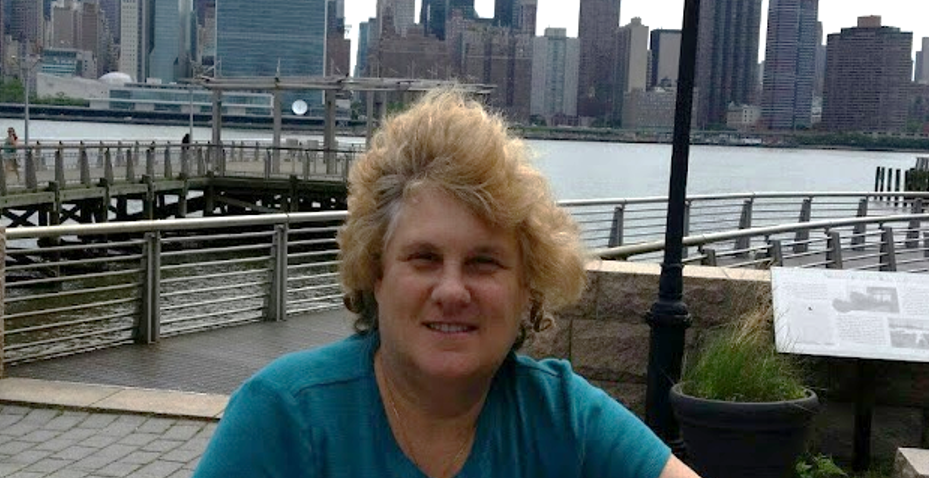Answers To Your Questions About The Retirement Management Analyst Designation Hot
Write Review
Francoise Gadenne, executive director of the Retirement Income Industry Association (RIIA), recently spoke at an A4A webinar. Here answers to some of the questions from attendees he did not get to answer.
This is the first post of RIIA's blog on A4A related to managing retirement income. A4A members can replay Francois' webinar.
How do you get the Retirement Management Analyst℠ designation? What is the cost? How long does it take? Who offers it?"
Obtaining the RMA℠ requires the candidate to complete a RIIA-approved educational program to qualify as a candidate for the RMA℠ examination and then to pass the RIIA RMA℠ exam.
The approved educational programs are currently taught by three Universities: Boston University, Texas Tech University and Salem State University.
- Boston University teaches a distance-learning, five-week long class at least three times a year.
- Texas Tech teaches a week-long, in-person intensive seminar at least twice a year (Spring and Fall)
- Salem State teaches a week-long, in-person intensive seminar in the Summer.
Each University sets its own pricing ranging from $1,295 (BU) to $1,575 (SSU) and $1,975 (TTU).
Pricing for SSU and TTU includes not only tuition but also basic local accommodations.
RIIA schedules proctored exams to match the location of the candidates as closely as possible.
What are your thoughts on the book "Retirement Income Redesigned" by Evensky & Katz?
The RMA℠ curriculum is organized around a retirement client segmentation as well as a conceptual hierarchy for retirement income planning. Both the Retirent MaMJ Peer-Review Committees and the RMA℠'s Curriculum Advisory Board review article, paper and book submissions from all who develop retirement income and retirement planning solutions. The articles and papers that pass the peer-review are published in the RMJ and the best of those are integrated as examples in the RMA℠ curriculum.
Evensky's work, including this book, is one of the many solutions that have been reviewed and documented. You can expect to see something about it in a future issue of the RMJ and / or a reference in the curriculum.
How does the RMA differ from the CRC, CRPC, CFP or other designations?
The RMA℠ is the only designation focused specifically on retirement income planning and management, starting with the broad context of understanding the client’s needs, human capital, social capital, as well as financial capital.
The RMA℠ curriculum centers on structuring a plan built on the solid foundation of “first build a floor and then expose to upside potential.” It is holistic, taking into account establishing a floor for secure retirement income but also providing inflation protection and potential growth.
In contrast to an investment management professional, a Retirement Management Professional through the RMA℠ designation has demonstrated competence in serving clients by:
- understanding and helping plan their Human Capital.
- understanding and helping plan their Social Capital.
- understanding and helping plan their Financial Capital using lifecycle and risk management techniques—not just asset allocation and other investment management techniques.
- Defining an inflation-hedged floor for a secure retirement income with growth potential
RIIA’s View Across the Silos, the RMA℠ addresses many approaches to creating the floor. Rather than looking through a single lens of an investment advisor or insurance professoinal, the RMA℠ considers a broad spectrum of solutions, including pensions and social security, which may already account for a portion of the needed income floor.
One approach is the “engineering approach” based on Mike Zwecher’s book Retirement Portfolios: Theory, Construction and Management. Other required reading is RIIA's RMA℠SM BOK, a book co-authored by Mike Zwecher and François Gadenne.
These books and the RMA℠ curriculum bring together the best thinking of RIIA members, academics, and other advisors. This approach breaks from the conventional “accumulation” mentality applied to retirement income.
The RMA℠ designation is an advanced designation that builds on prerequisite knowledge obtained from education, experience, and, in many cases, other profession designations.
A key difference with the RMA℠ is that it is focused on planning and investment solutions for retirement income that are developed specifically to achieve a retirement income goal (and considers complications noted above). RMA℠ is not just extending accumulation methodologies, which often ignore many of these key issues, fail to create a floor of financial security, and do not improve the likelihood a retiree will withstand “fat-tail” or “black swan” event.
As the importance of retirement income planning has come to the fore in in recent years, RIIA's mission in creating the RMA℠ and the RMJ is to:
- explore
- define
- educate
- benchmark
We are establising a product-neutral specialization within the financial advice profession. We identify, validate, and document evidence-based strategies, going further than existing professional designations while building on their rigor and high standards.
RIIA's RMA℠ brings the following to the specialty of retirement income planning:
- Depth, because it is based on science
- Breadth, because it is built by the “View Across the Silos”
- Range, because it makes the science practical across the full range of distribution channels
- Objectivity, because we do not lobby or represent a specific position
- Adaptability, because we are not tied to legacy processes that slow down the recognition and adaptation to change in the environmen.
We fill a void in the industry and we seek to cooperate with all silo-focused players that want to extend their offering in this space.
How does the designation "credit" work for a CFP with years of experience?
The RMA℠ is an advanced designation and assumes, as a prerequisite, that the candidate has already achieved competency in investments, retirement planning and rules, as well as the fundamentals of financial planning. Having the CFP designation is one key qualification consideration, but RIIA looks at education, experience, licenses held, other designations, etc. in evaluating whether the prerequisite knowledge is demonstrated.
For those who hold a CFP designation, the educational programs to prepare candidates for the RMA℠ exam have been submitted for approval for CFP continuing education credit. Boston University’s program has been awarded credit and the Texas Tech submission is currently being evaluated.
Can you talk about the Zwecher book as part of the curriculum for the RMA℠?
The RIIA Body of Knowledge (BOKL) was coauthored by Francois Gadenne and Mike Zwecher and is used as the curriculum for the RMA℠ designation consistent with the values and themes of RIIA. This joint book shares material with the Zwecher book, Retirement Portfolios.
Mike's solo endeavor places greater emphasis on the 'how to,' the-nuts-and-bolts of engineering retirement portfolios than the co-authored book. The solo book, however, places less emphasis than the joint book on the driver of the portfolio construction, whether emanating as part of a comprehensive retirement plan or emanating from an “investment approach.” Also, this book contains case studies and examples which are useful in reinforcing the material in both books.
The RMA℠ BOK represents not only the ideas in Mike's book but also the set of ideas as exemplified by the RMA℠'s conceptual hierarchy. For instance, the RMA℠ book separates out the thematic differences between "goals-based" flooring and "investment-based" flooring. To a large degree they are complementary works that expand from the common base of life-cycle modeling and branch off to create a more well-rounded whole.
This Website Is For Financial Professionals Only
User reviews
There are no user reviews for this listing.









